Bruno Stefanini
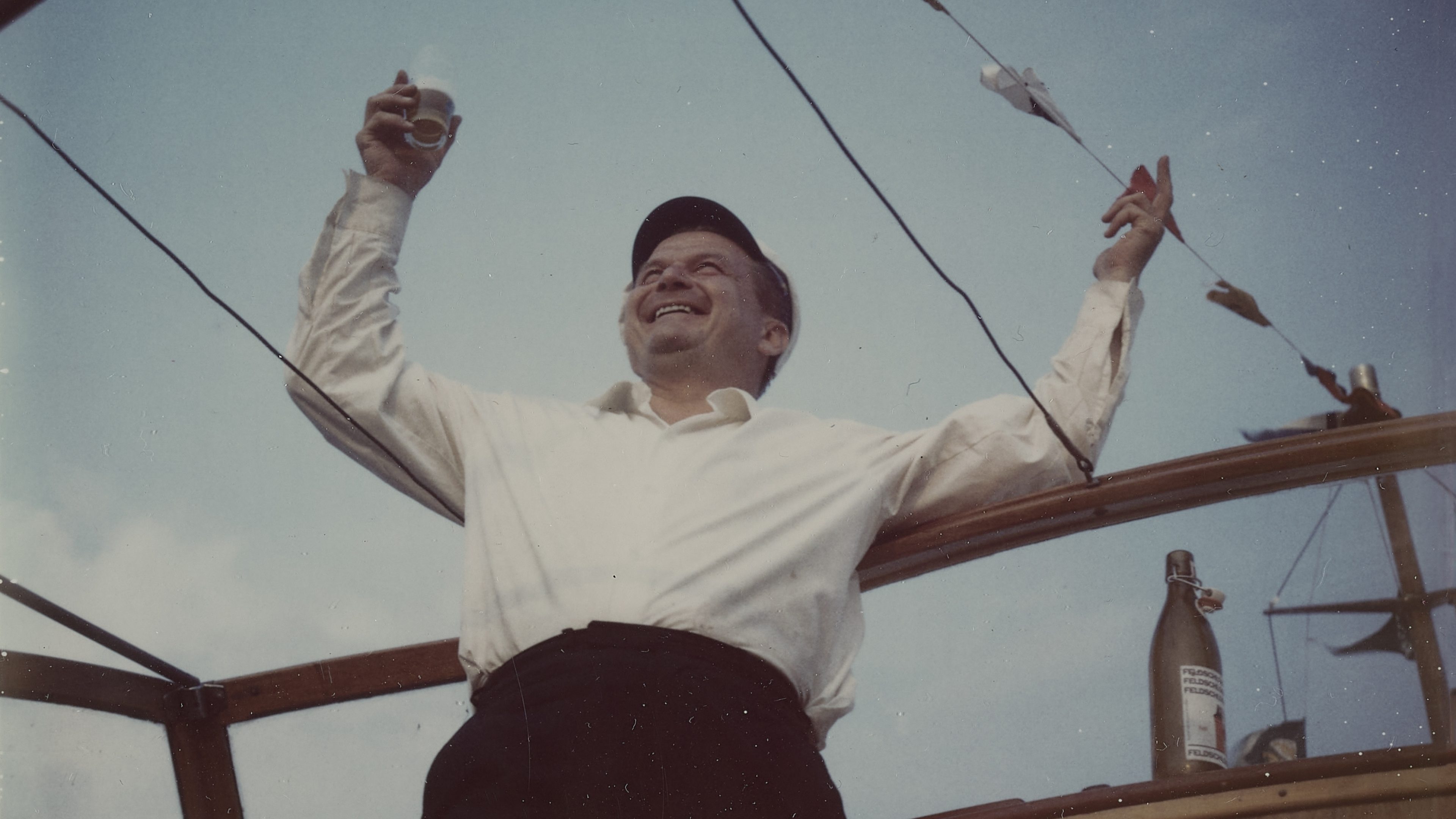
Bruno Stefanini (August 5, 1924 - December 14, 2018) was a Winterthur entrepreneur, real estate owner and collector. in 1980, he founded the Foundation for Art, Culture and History (SKKG).
The young Bruno
Bruno Stefanini's father Giuseppe belonged to the first generation of Italian immigrants; he was naturalized in 1928. His mother Elisabeth (née Hüppi) was a Glarus native who had spent her youth in Alsace. Bruno Stefanini had an older brother, Aldo, born in 1921. When Bruno was born, the family moved from the working-class district of Töss to Steinberggasse 9 in the Old Town - a property that Bruno later bought. From 1930, Bruno's parents ran the working-class inn "Zum Salmen", a restaurant on Marktgasse that belonged to the Società Cooperativa.
From 1935 to 1965, Giuseppe Stefanini was the head of this Italian consumer company founded in 1906. In the spring of 1939, Bruno Stefanini entered the cantonal school in Lee - unusual in Winterthur at the time for the son of an innkeeper with a history of migration, who was also a Catholic. Bruno became a member of the Fraternitas middle school fraternity and was given the name "Türgg". Bruno later told his children that his nickname was a dialectal word for a "scrambler" or "adventurer".
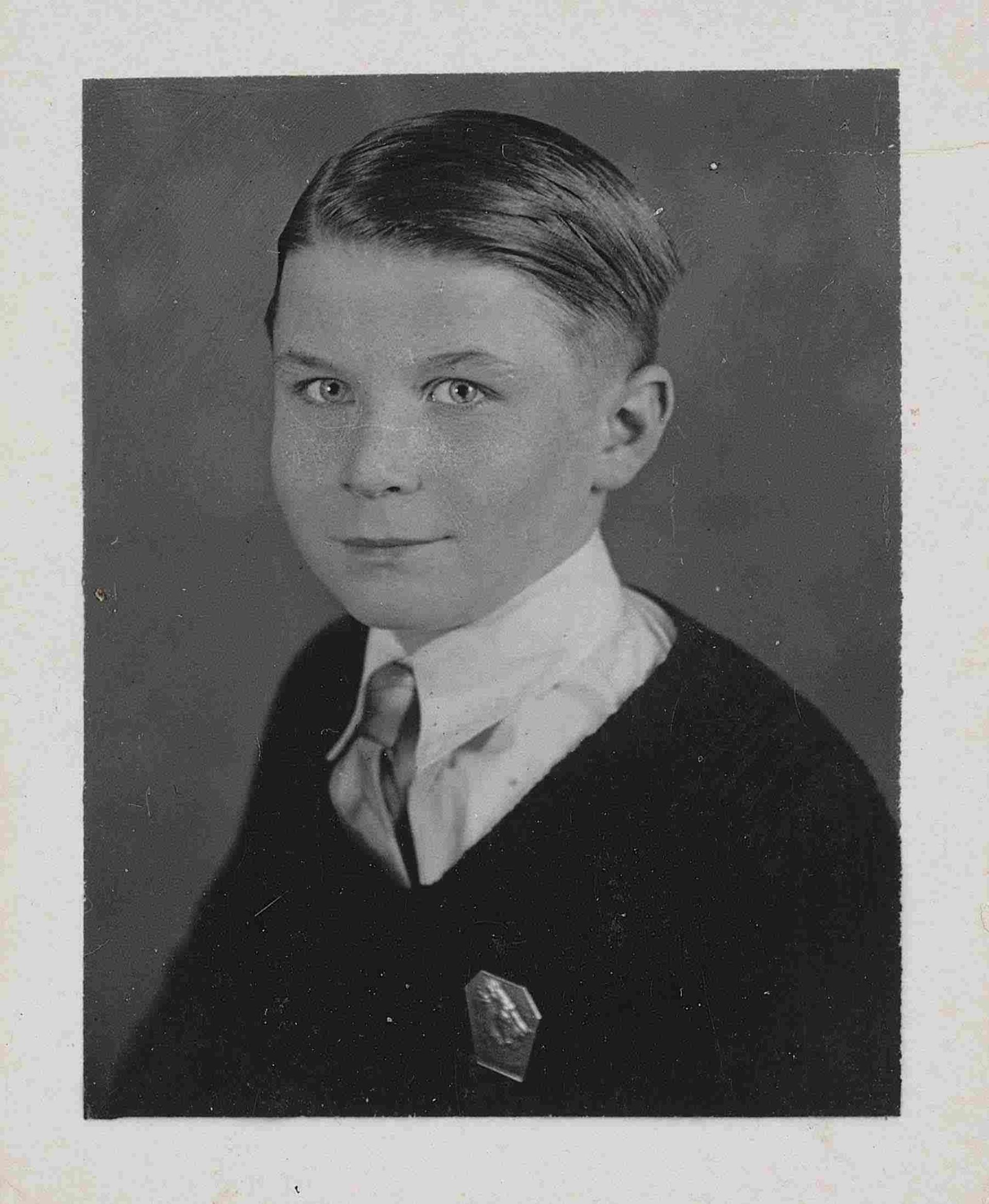
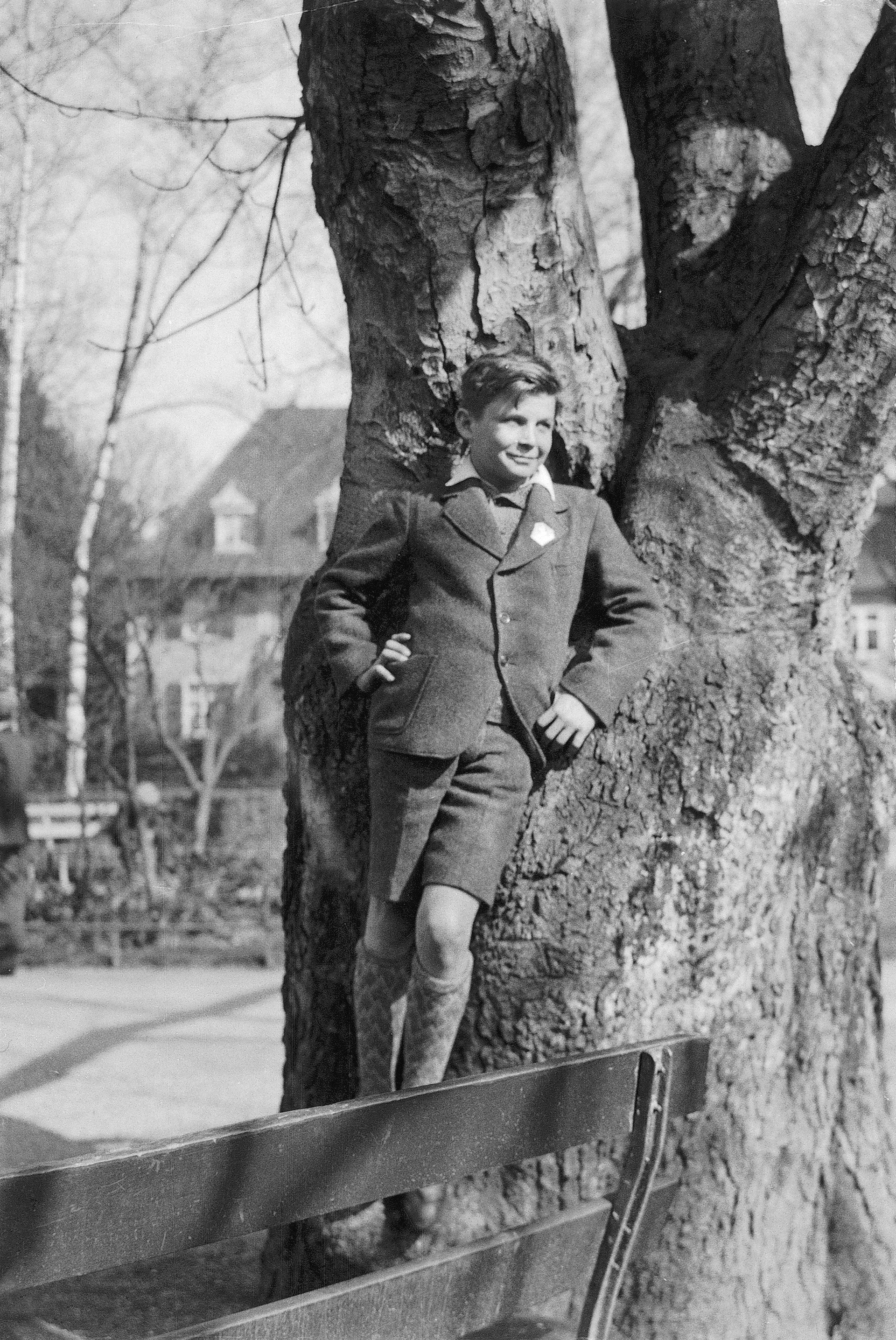
Bruno was expelled from school for breaking a window during a night-time drinking session. Thanks to an entrance examination, he was able to start studying natural sciences at ETH Zurich in 1943 without a school-leaving certificate. In addition to the compulsory subjects of biology, chemistry and geology, he took several optional subjects in history and German literature. In the same year, he entered recruit school, followed by his first active service assignment as an officer candidate in 1944. Stefanini served a total of 1500 days in the Swiss army.
Stefanini completed his studies in 1951 without graduating, instead setting up his own office as a real estate manager. As early as 1946, the then 22-year-old Bruno received two properties in Winterthur from his father as a reward for his administrative work. Giuseppe himself entered the real estate business during the Second World War through building cooperatives.
Bruno, the entrepreneur
Stefanini's entrepreneurship in the areas of construction and management transformed the self-taught entrepreneur's real estate portfolio into a million-dollar business within 30 years. This was mainly achieved through clever investments in the post-war housing boom and the purchase of existing properties and plots of land that were often in poor condition. All the properties are managed by Terresta, which Bruno Stefanini ran as sole owner from 1960. Very little is known about Bruno Stefanini's private life and visions. Growing up during the Second World War had a strong influence on him, which is also reflected in his interest in the history of the 20th century and the major political events of the time.
Bruno Stefanini was married to Veronika Stefanini from 1961 to 1971 and they had three children together. His everyday life was characterized by a strict work ethic that allowed little time for his family and little scope for cooperation with employees and business partners. His closest collaborator was his secretary Dora Bösiger. He was considered a media- and publicity-shy person who worked day and night for his company. He invested what little free time he had in studying auction catalogs and acquiring art and cultural objects. His wish for a museum for his collection remained unfulfilled.
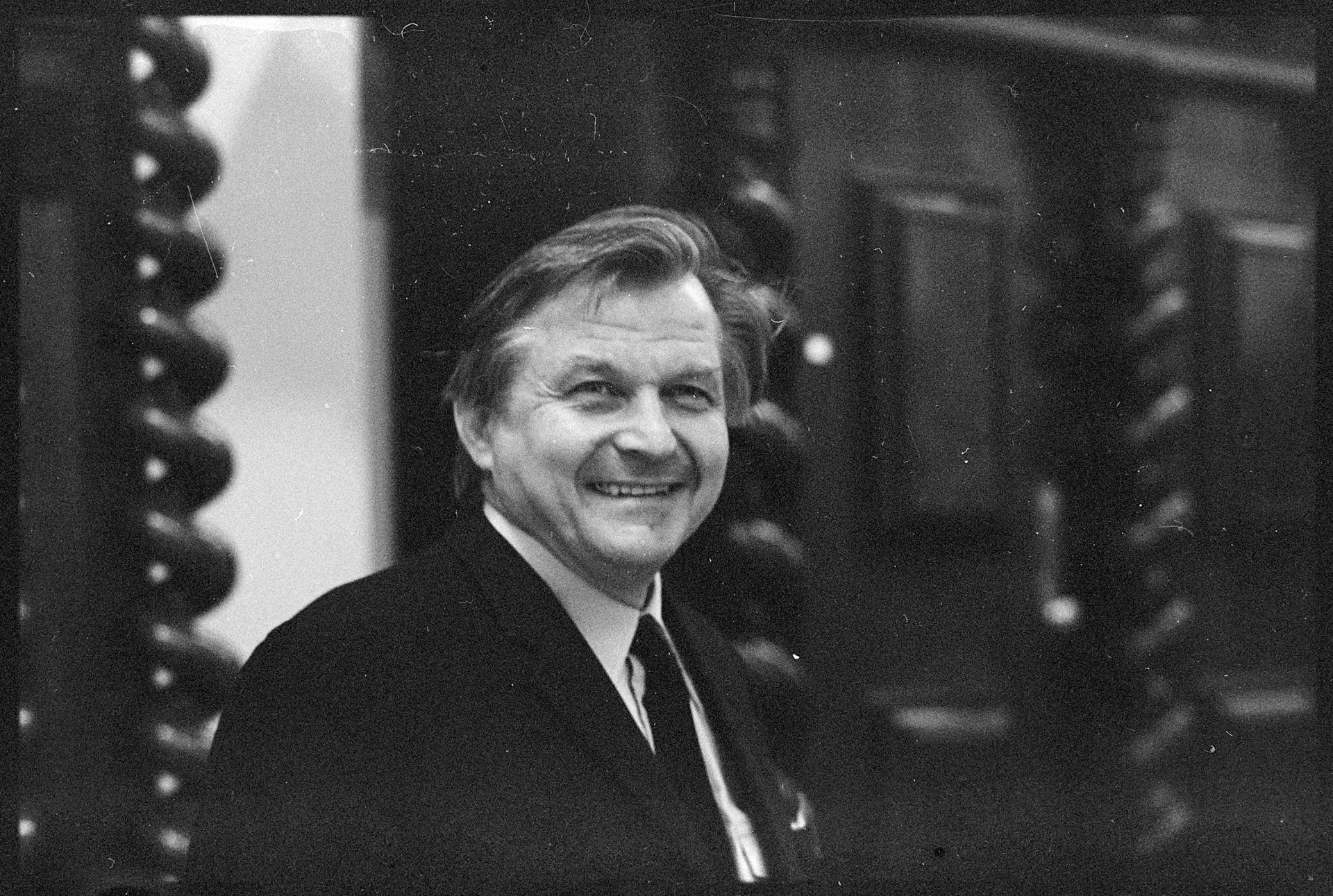
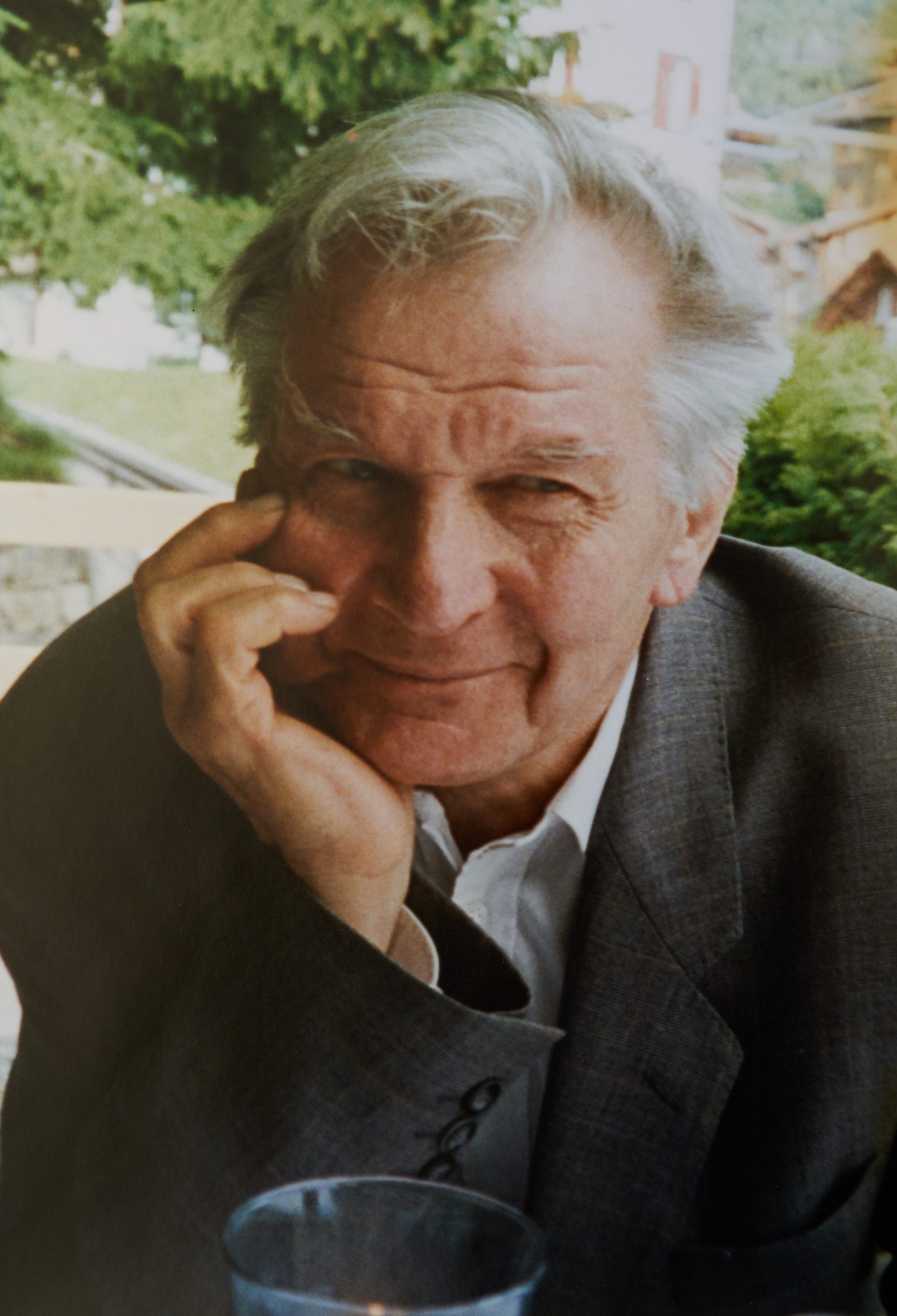
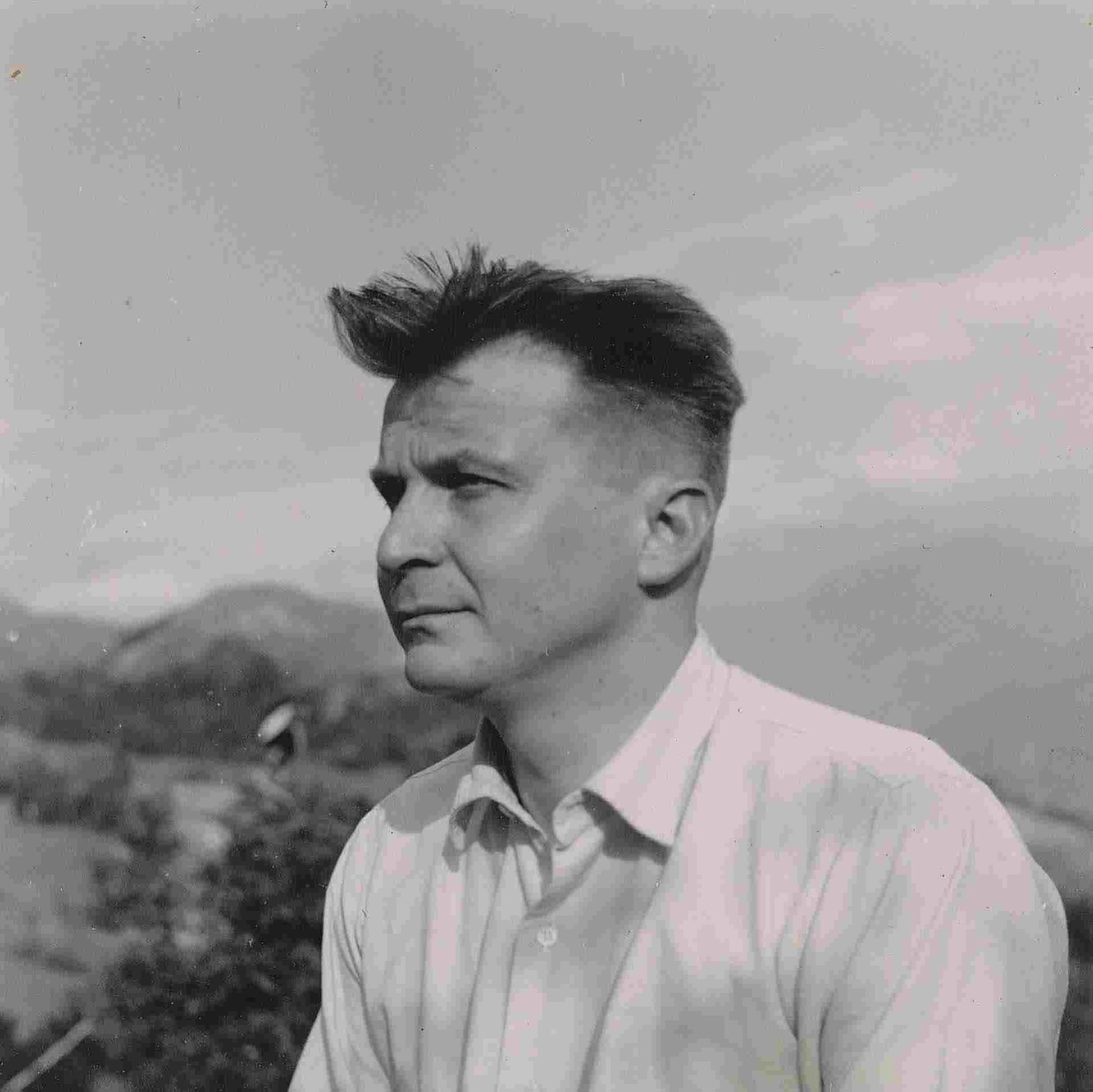
The anniversary
bruno Stefanini would have been 100 years old in 2024. The SKKG took this as an opportunity to reflect on the person, life and work of the founder of the foundation together with people inside and outside the SKKG.
The podcast
The two journalists and authors Charlotte Theile and Christian Schepsmeier from the storytelling collective Elephant Stories went on a free search for clues and produced a podcast episode. "Beauty. Mold. Gravity. The Planet Bruno Stefanini" can be heard on all common podcast platforms.
Listen now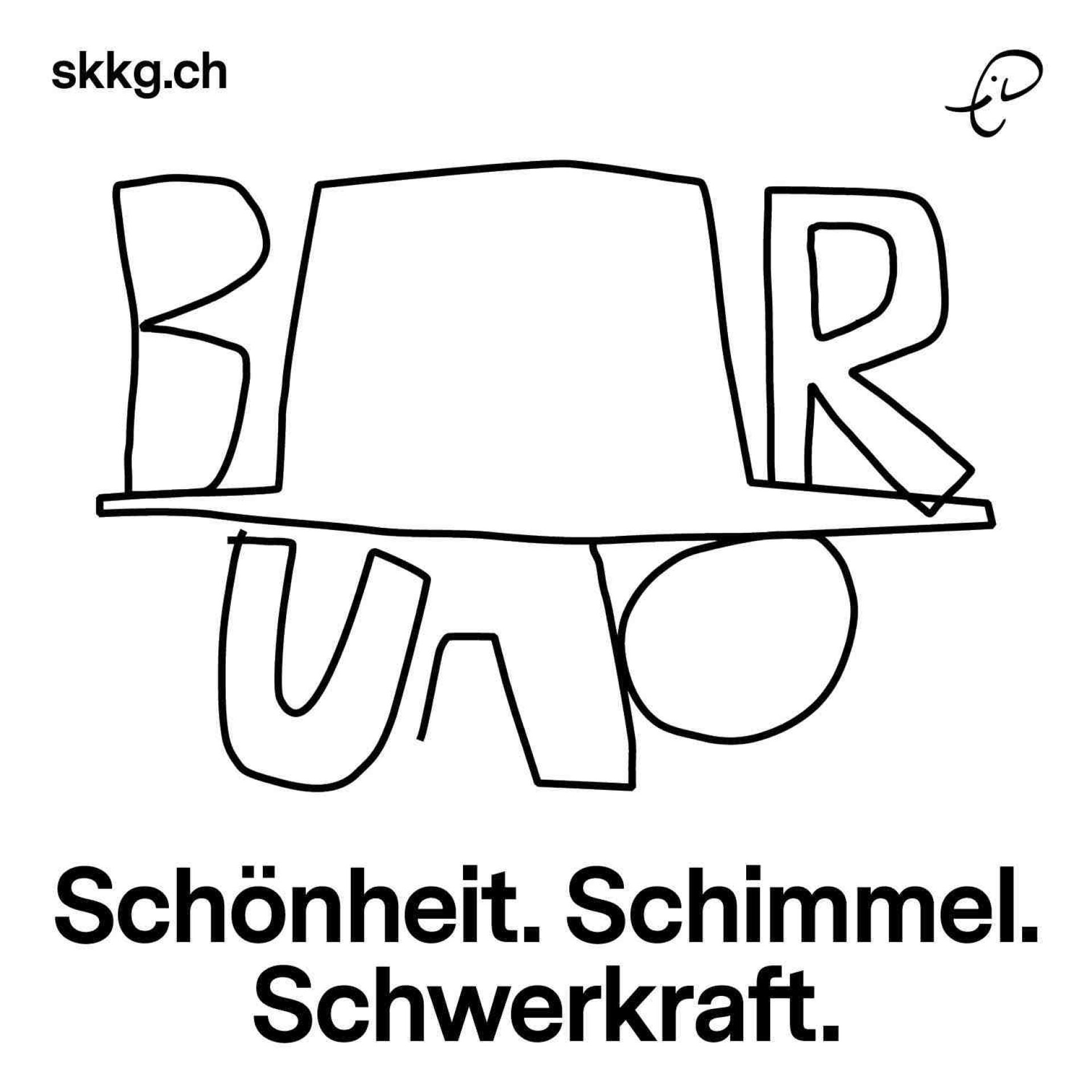
The diaries

The publication of the first two volumes of Bruno Stefanini's diary provides an insight into the publicity-shy Winterthur entrepreneur, real estate owner and collector. The book is published by the SKKG together with the book producer Mirjam Fischer, mille pages.
The authors' various points of reference create a picture of Bruno Stefanini that, by means of free interpretation, fiction or speculation, allows a multifaceted interpretation of a personality that we ultimately never quite grasp. The online version of the publication as well as the integral versions and transcriptions of the diaries from 1937 and 1938 can be found on the SKKG website.
Read inThe documentary
In an open competition, the SKKG 2022 invited Swiss filmmakers to submit their ideas for a documentary film. A five-member jury selected Thomas Haemmerli's project and gave the director full access to our archives.
Learn more about HaemmerliThe film, independently produced by Turnus Film, will be shown on Swiss television and in Swiss cinemas in 2025.
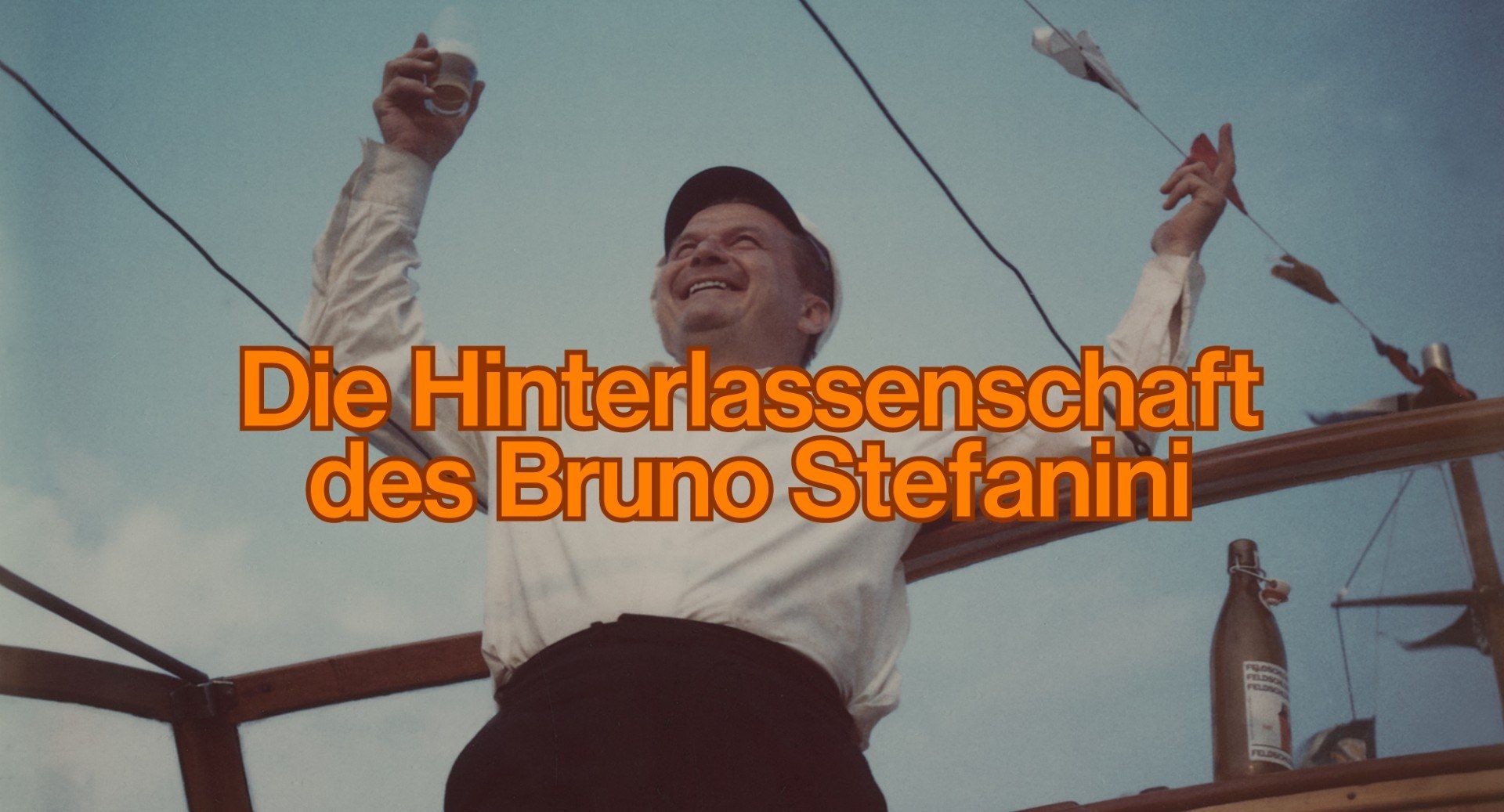
The history of the collection and real estate
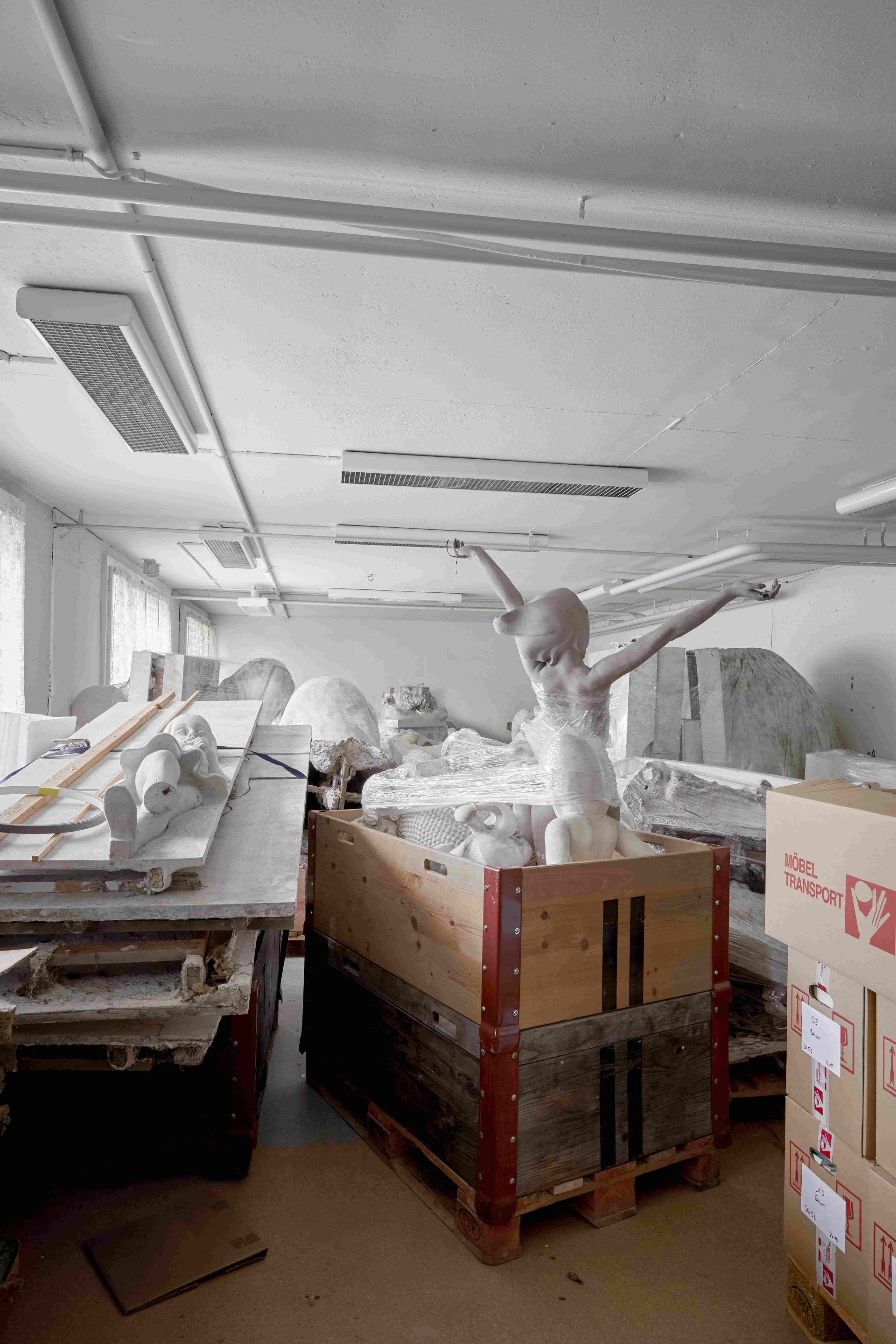
There has been much discussion about the significance and connections between Bruno Stefanini's two passions, but little scientific research has been carried out. A team of historians will therefore investigate Stefanini's business and collecting activities. To this end, the SKKG and Terresta, with the support of the Swiss Society of History (SGG), have invited tenders for a historical commission, for which four teams have applied.
Jennifer Burri and Amos Kuster were awarded the contract. The two Basel historians presented the submitted concept to an independent advisory board in February 2024. This advisory board, which was elected and appointed by the SGG Board, consists of experienced academics and experts who ensure the quality and independence of the work - from the concept to the finished report.
Burri and Kuster's report should be available in fall 2025. Until then, the SKKG and Terresta will grant the two historians full access to all archives and sources. They will address and attempt to answer the following questions, among others:
- What strategies did Stefanini pursue in the real estate business?
- What were the consequences for the tenants and the city of Winterthur?
- How did Stefanini finance the real estate transactions?
- How did they relate to the SKKG's collecting activities?
- What collection strategies did Stefanini pursue?
- What was the focus in terms of content and quantity?
- What were significant omissions?
- Which protagonists helped shape the development of the collection and what was their relationship to Stefanini?